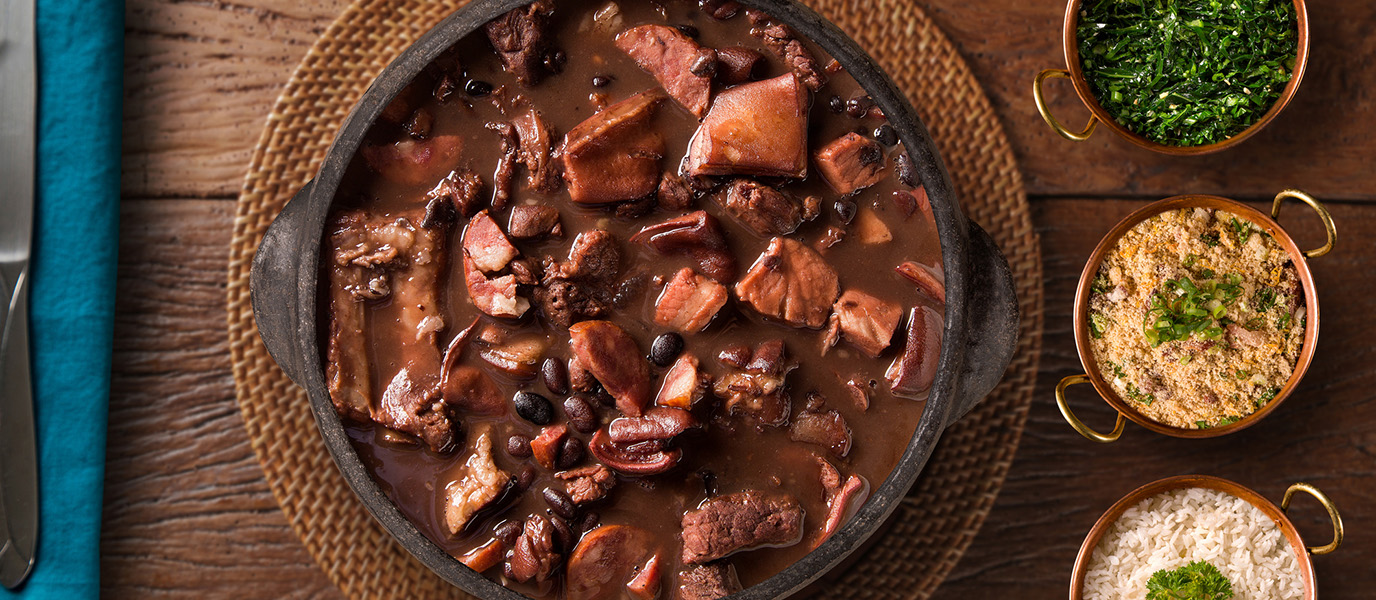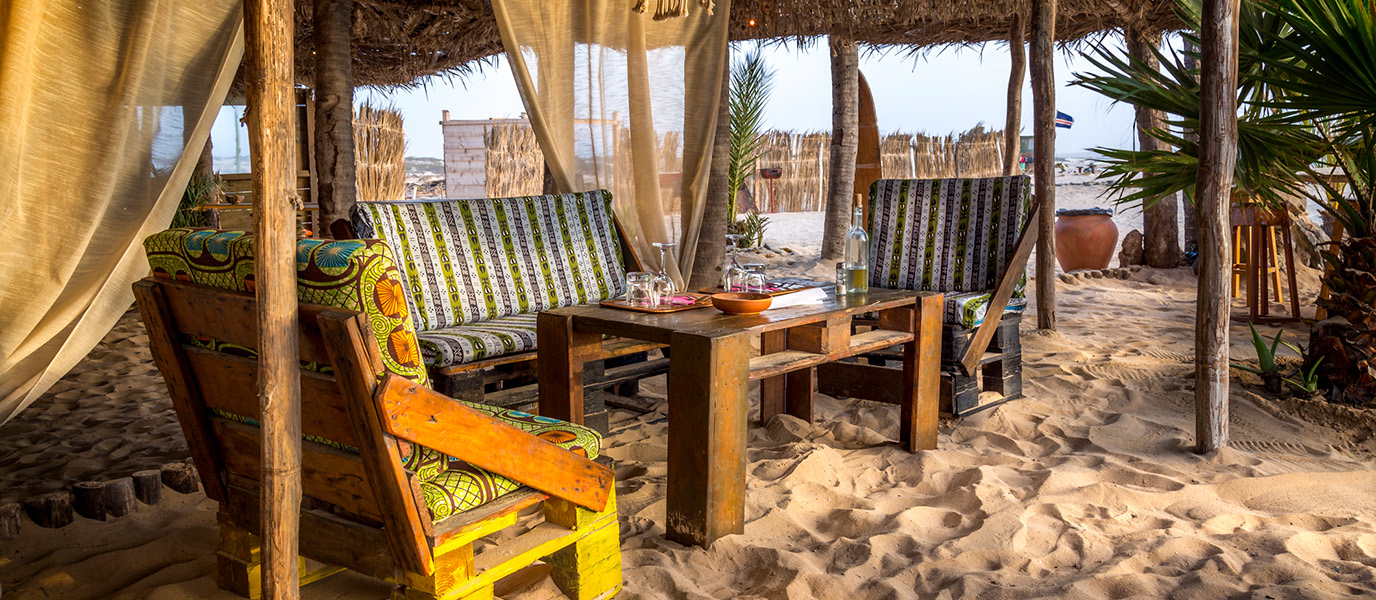During the centuries of colonisation, Cape Verdean gastronomy was defined by at least two types of cuisines. Firstly, the basic cuisine prepared by the slaves brought from the nearby African continent and their descendants, and secondly, that of the Portuguese settlers. The settlers’ cuisine was based on dishes and products that arrived regularly from Europe.
The first one mentioned was based on corn and rice. The second one consisted of the three core elements of Mediterranean cuisine: bread made from wheat flour, wine and olive oil. Fortunately, at one point both ways of understanding cuisine came together.
As a result, Cape Verdean food is now an irresistible fusion of ingredients from Africa and Europe as well as from other parts of the world. Traditional Portuguese stews are complemented by others of purely Cape Verdean origin, such as búzio (made from limpets) or cachupa, the authentic national dish.
Alongside all this is a taste for sweet treats, as varied as they are irresistible, as well as the abundant use of liqueurs and fermented beverages.
Here are the star dishes of typical Cape Verdean cuisine, how they are prepared and their different versions. Finger-licking good!
Feijoada, a shared tradition
If there is one recipe in typical Cape Verdean food linked to the Portuguese culinary world, it is feijoada. A stew based on pinto beans (feijão) combined with different meats, mainly pork, vegetables and various spices. A dish of Brazilian origin, Cape Verde has its own versions, featuring the local ingredients of these islands.
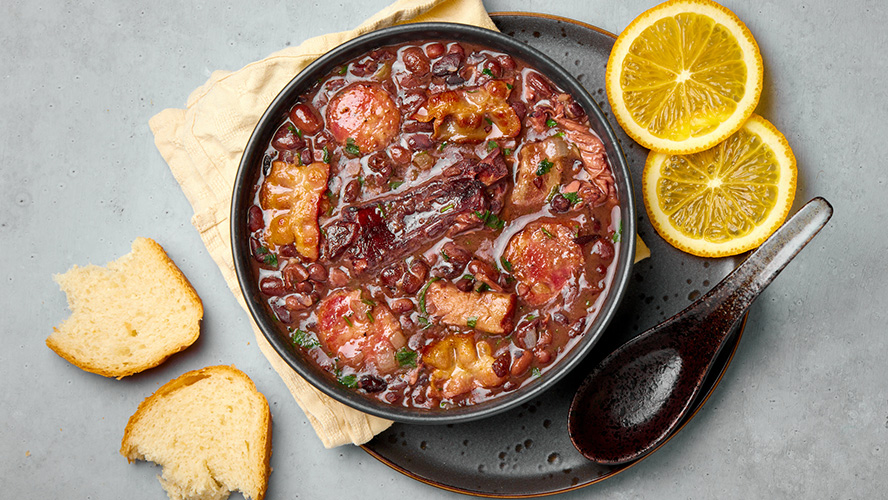
Cachupa, the national dish
Cachupa, the best known (and most common) of the typical Cape Verdean dishes, has corn as its main ingredient. This alone is proof of the humble origins of this dish. That said, it is a very tasty and hearty dish.
Along with corn, a cachupa also includes pinto beans (feijão), cassava, pumpkin, sweet potato, tomatoes, pork, cured meats or fish, depending on the cook’s version of the dish and the budget available. There are even cachupas cooked only with vegetables. Of course, all the ingredients are always cooked over a low heat, sometimes even for hours.
In many restaurants and homes, cachupa refogada, a kind of stew made from the leftovers of the previous day’s cooking, is also eaten in the mornings.
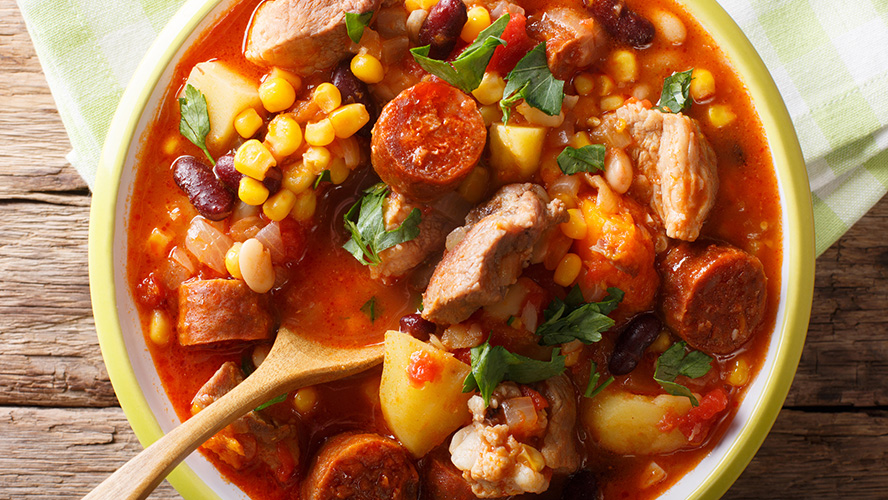
Caldo de peixe, a gift from the sea
This seafood-based dish is undoubtedly the Cape Verdean equivalent of all the fish broths found in Mediterranean cuisine. From the French bouillabaisse to the fish couscous from the Maghreb, to the fish and seafood stew of Eastern Spain and the Balearic bullit de peix.
The delicious flavour of this stew is down to both fish (depending on the market and the catch) and a sofrito made with onions and other vegetables, which is its cooking base.
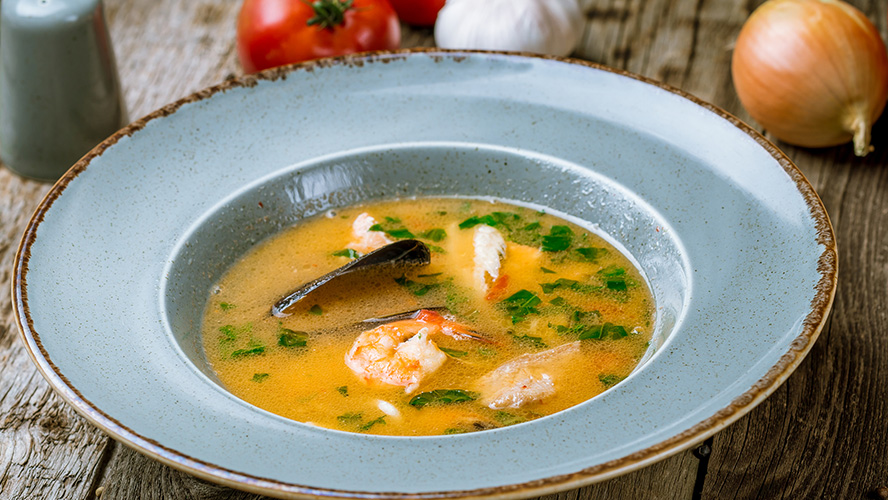
Seafood rice, each season has its own
In Cape Verde they have their own interpretation of this dish, which is so typical of Lusophone cuisine, i.e. Portuguese-influenced cooking. It is a stew in which the seafood, which varies depending on the market and the season, contributes its intense and characteristic flavour to the broth in which the rice and certain vegetables and spices are cooked.
Unlike most Mediterranean rice dishes, this is a broth-based dish. In general, it stands out for the intensity of its flavour.
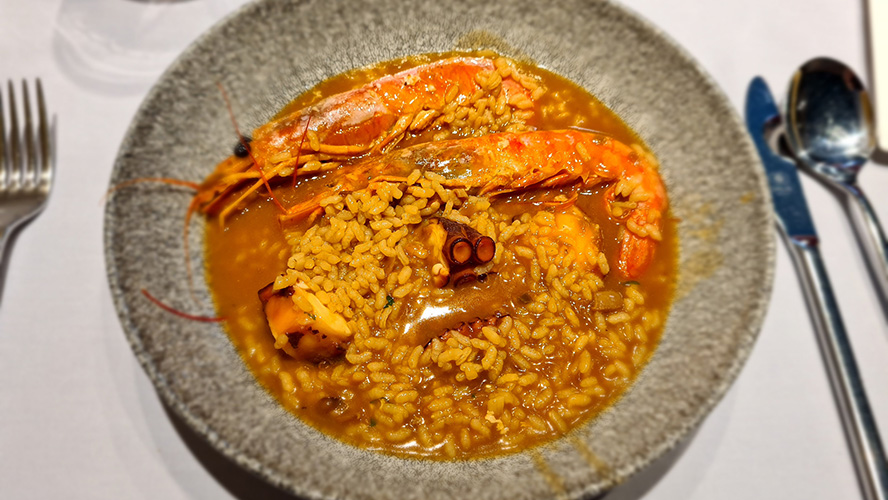
Lobster, the queen of the seas
Cooked over the coals of a good grill, what is known in Cape Verdean cuisine as “lagostada” is one of the country’s star dishes. It won’t suit all budgets, though, and it’s easy to appreciate the challenges involved in catching the delicious lobsters.
This seafood, once grilled, is seasoned with garlic butter and accompanied by other typical Cape Verdean preparations, such as xerem (made from corn) and sweet potato.
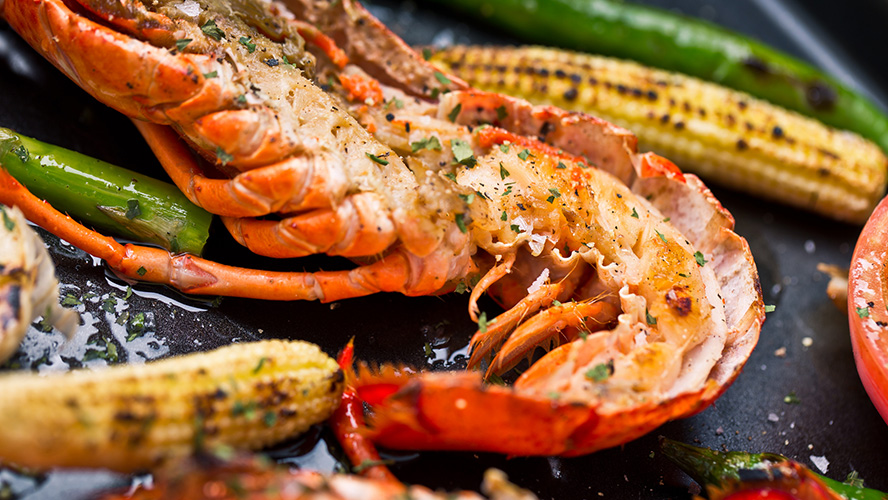
Morreia, for experimenting with flavours and textures
Although their texture and taste may not be to many people’s liking, eels are a delicacy in Cape Verdean cuisine. Here they are coated in flour (wheat or corn flour) and then fried in plenty of oil until the skin is golden brown and the inside is juicy.
To make them tastier, they are seasoned with plenty of spices. At the table they are served with xerem or rice.
Typical desserts and sweet treats, beyond the Portuguese influence
By definition, Cape Verdean food is very sweet. Undoubtedly, a legacy of Portuguese tradition and its convent pastry-making. One of the most popular desserts is papaya jam, which is similar to peaches and other fruits in syrup. It is usually eaten cold and accompanied by local cheese.
Another important dish (also with cheese) is goiabada, which is a paste made from guava flesh.
The street market stalls and restaurant windows showcase sweet pastries made with flour and egg, custard, coconut and sugar, similar to those produced in good Portuguese bakeries.
There are also irresistible desserts such as coffee flan, cheesecake and coconut sweets.
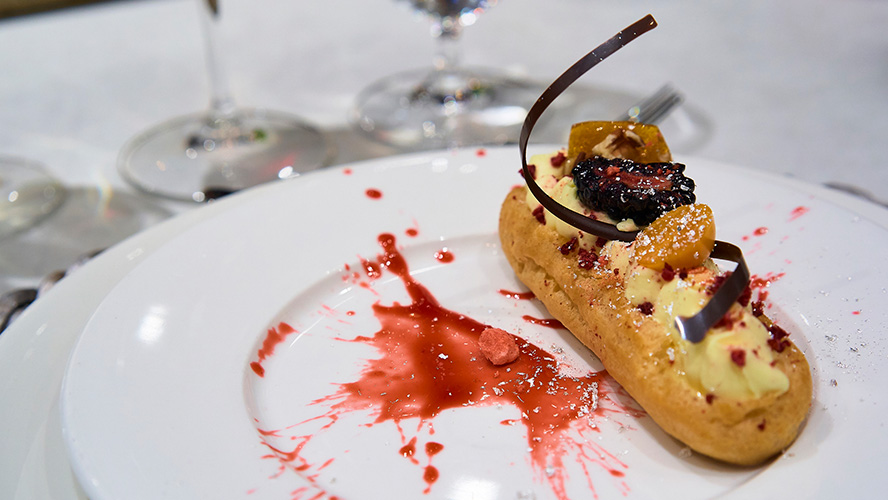
Typical Cape Verdean drinks, a taste of the tropics
The most typical Cape Verdean drink is grogue, made by fermenting the juice extracted from sugar cane and is similar to Brazilian cachaça and Caribbean rums in terms of its flavour and how it is prepared. It is a highly alcoholic drink that should be drunk in moderation.
Grogue is also one of the ingredients used to make punch, along with condensed milk, sugar and nutmeg. There’s also a version of the drink made with honey.
Despite what you might expect from the arid tropical climate of the Cape Verde archipelago, good wines are produced here. The vineyards on the island of Fogo are home to some good examples of this.
That same climate supports the growth of many exotic fruits, which are used to make all kinds of juices—undoubtedly the national drink, enjoyed by people of all ages.




































































